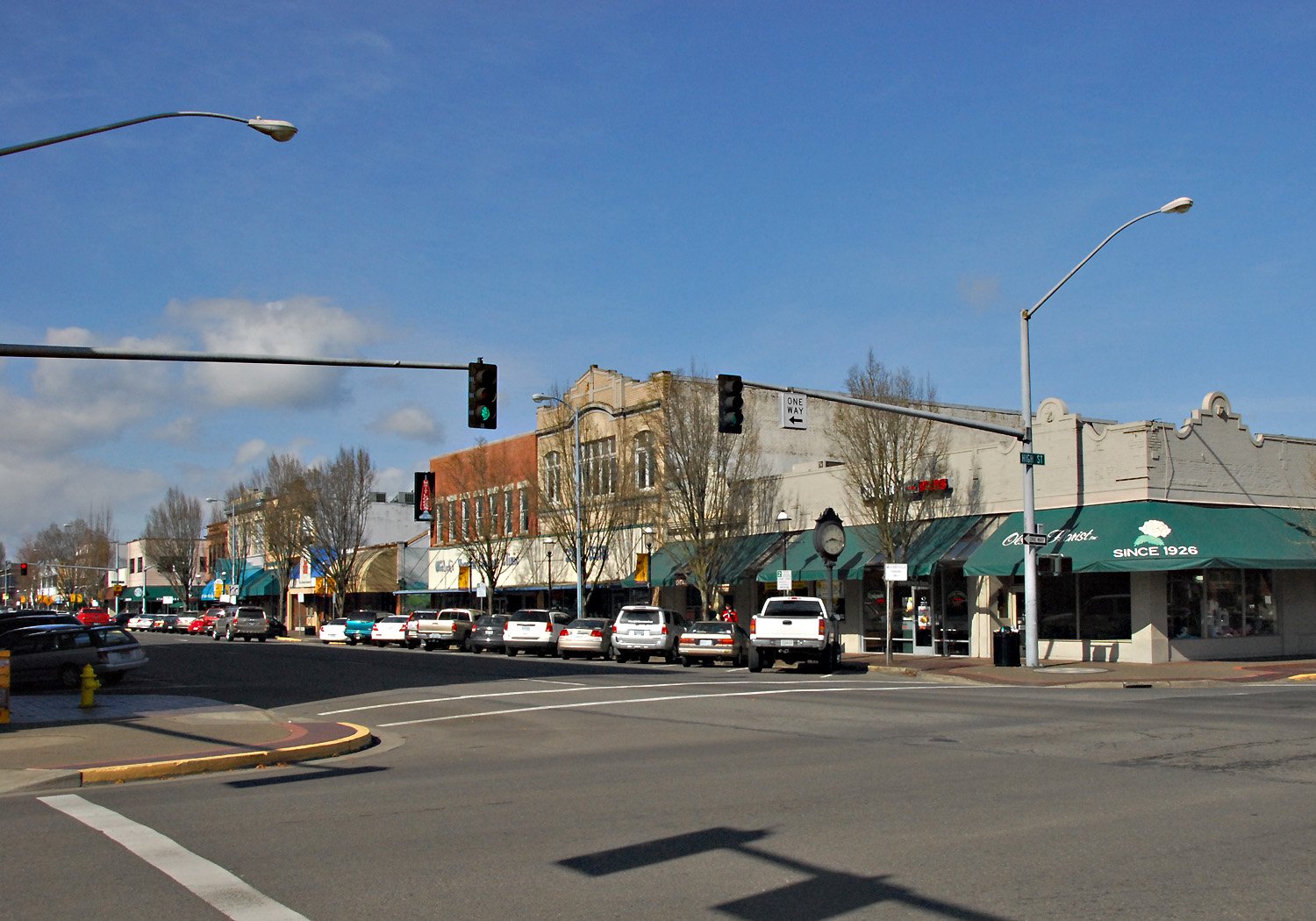World Events
- During a western states Voyage of Understanding (during which he placed a memorial on a Oregon Trail site), President Harding dies suddenly in San Francisco. Vice President Calvin Coolidge succeeds to the office.
- Pancho Villa, after years of battles for control of the Mexican government and military, re-emerges on the political scene, but is assassinated in Chihuahua.
- Hyperinflation in Germany rises to such a height that their paper money is almost useless. The Weimar Republic collapses.
- Vladimir Lenin rules the new Union of Soviet Socialist Republics (CCCP). Aeroflot, the earliest airline, is incorporated in Russia this year.
- Americans continued to enjoy “Jazz Age” economic prosperity. Yankee Stadium opens in the Bronx.
- The Hollywood sign is erected above the city. Warner Brothers Pictures is incorporated. Roy and Walt Disney found the Walt Disney Company.
- George Gershwin composes “Rhapsody in Blue”. The Pulitzer Prize for a novel goes to The Able McLaughtons by Margaret Wilson. Sinclair Lewis’ Babbit, published the year before, is activating social comment about the emergence of a “consumer society” in America.
In Salem
The building boom continues. The downtown block between Liberty and High on Court Street takes on the present-day appearance as one of the more enduring downtown landmarks, The Bligh Building, is completed. T. G. Bligh, already a successful hotel and theater owner in Salem, bought the northwest corner lot at Court and High Streets the year before. At that time there was a one-story, wood-framed dwelling and office building owned by the Salem Elks fraternal organization. In the same year he died in an automobile accident. Franklin D. Bligh took over the family hotel and theater business and completed the one story, Mission Revival Bligh Building on an important corner of downtown. Anna Bligh owned the building until 1927. In 1926, Olson’s Florist opened.
When you visit
In the 2007 photograph above, the Bligh Building (with green awning) is on the corner. Two 1909 commercial establishments are adjacent: next door is the D’Arcy Building (see Peter D’Arcy profile and his 1888 home) and to the left of that is the Meyers Building.
Frosty Olson, who created the floral business that still operates in the Bligh Building, lived at 4285 Claxter Court in North Salem. His extensive greenhouses were destroyed by the 1962 windstorm and he retired that year. His beautiful English cottage remains, but is in danger of loss due to the changing commercial needs of its Northgate neighborhood.
Other events
- I. B. Giesy becomes mayor.
- Blue Lake Beans are first planted in our area, soon becoming the best selling among all beans canned.
- Christians of Japanese heritage begin worship services at the home of Suyekichi Watanabe. By 1936 this congregation has established the Brethern Hazelgreen Church.
- Linus Pauling marries Ava Helen Miller in the home of her cousin, Nettie Spaulding on Court Street. He will win two unshared Nobel prizes: in 1954 in chemistry for molecular bonding; in 1962 the Peace Prize for work in international control of nuclear weapons and against nuclear testing in the atmosphere.
- Dr. Harvey Clements builds a Georgian Colonial house on 14th Street, the site of where Salem pioneer, Joseph Holman, had built his first, 1840s log cabin house and constructed the first bridge across Mill Creek. It can be seen in the SHINE Court-Chemeketa Walking Tour.
- The Methodist Old People’s Home, built at a cost of $65,000 at Center and 16th Streets, was dedicated June 15.
- Ralph and Beryl Cooley build a home at 888 Summer Street. Ralph Cooley was employed by the Bishop’s Clothing Store in Salem for over 50 years; in 1960 when he served as manager of the store, he was honored for half a century of employment. The Cooleys sold the house to the State of Oregon in 1967 as the North Capitol Mall expanded to D Street. The house was moved to a new location on Chemeketa Street and is well preserved as offices by the new owners. It is now a Local Landmark in the NEN neighborhood. (This link shows the house in both locations.)
- As his train passed through Oregon in July, President Harding suffered an attack on ptomaine poisoning and remained in bed with no public appearances. (After a partial recovery, the president has a relapse and died August 2.)
- The discovery of Tutankhamen’s tomb in Egypt began an architectural fad that is evidenced in the Rufus and Letha Harris home on Stewart Street. The Mediterranean style residence is stucco decorated with cast iron acanthus leaves. Mr. Harris was a printer, coming to Salem in 1900. He worked for the “Statesman” and was at one time in charge of the State Printing Department. He served with the YMCA in France during World War I and returned to Salem in 1920, eventually returning to printing. Owners of the property after 1933 were George and Catherine Shand, Floyd and Evelyn Scott, and Rose Whitlock. This is now a Local Landmark in the CAN-DO neighborhood.
- Dr. Chester Downs build a French Provincial residence on High Street on Fairmount Hill. Dr. Down’s medical career was in general practice and orthopedic surgery. After the death of his first wife, Marian in 1944, Dr. Downs married Esther Parounagian Barnes (widow of newspaperman Ralph Barnes), and they lived in the house until 1964. It is now a Local Landmark in the SCAN neighborhood.
From the Capitol Journal:
- A sad Prohibition editorial column this year lamented: “In the good old days it was wine, women and song. The wine is now gone, everyone can’t sing and the women are in politics.”
- More bad news: Senator Eddy of Roseburg bitterly denounced the course of high school study in Oregon before the Salem Chamber of Commerce. “Our high school graduates cannot read, or write or spell,” Senator Eddy complained. “Nor can they speak the English language. I should know as I have sent four of my children through high school.”
- However: Oregon’s Supreme Court ruled that the ability of a teacher in the public schools of Oregon is not to be judged on a basis of that teacher’s ability as a football coach.
- Another blast at the educational system: A banner headline said: “Southern Pacific Wins.” Use of railroad passes by heads of educational institutions in Oregon would be taboo hereafter, the story said. Senator Strayer pointed out that legalizing such passes would throw open the door to “thousands of educators cavorting around over the state spreading their propaganda.”
- Halloween pranksters raised Councilman W. F. Buckner’s fence at 1370 Court Street, greased the streetcar tracks at Commercial and Wilson streets and turned over woodpiles in the neighborhood of Mrs. F. G. DeVoe’s home at 1526 Chemeketa Street.

